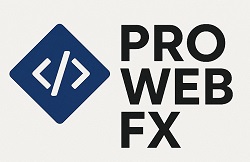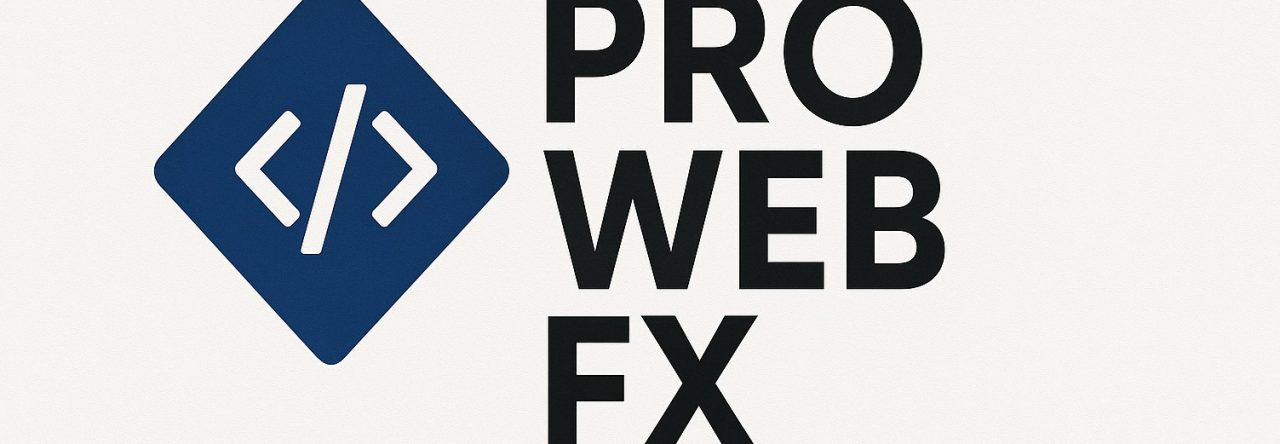Security in ColdFusion 2025 isn’t just about writing clean CFML—it’s about making sure your hosting environment is always running the latest updates. Whether you’re using a ColdFusion cloud server provider, shared hosting, or a dedicated server, patch management is essential.
If your ColdFusion site runs in the cloud, check if your provider offers automatic update management. Many leading ColdFusion cloud server providers integrate Adobe’s security patches (like the July 2025 Update 3) within days of release. Always verify your version in the admin panel and request a manual update if automatic patching is disabled.
For managed ColdFusion hosting, your provider should handle updates for you—but don’t assume it’s instant. Ask for their patch deployment schedule and confirm that Tomcat upgrades and security hotfixes are included. If updates require downtime, schedule them during low-traffic hours.
In shared hosting, you rely entirely on the provider’s maintenance. This makes it critical to choose hosts with a strong patching track record. Since multiple sites share the same environment, a single unpatched server can put everyone at risk. Check their public security policy or past update notices.
If you manage a dedicated ColdFusion server, the responsibility is yours. Apply Adobe’s updates as soon as they’re released—especially hotfixes addressing remote code execution (RCE) vulnerabilities. Maintain a staging environment to test patches before pushing them live.
Conclusion
ColdFusion 2025 patches are not optional. Whether in the cloud, shared, or dedicated environments, staying current is the most effective defense against security breaches. Always combine prompt patching with strong access controls and regular backups to keep your ColdFusion applications safe.


Comments are closed.